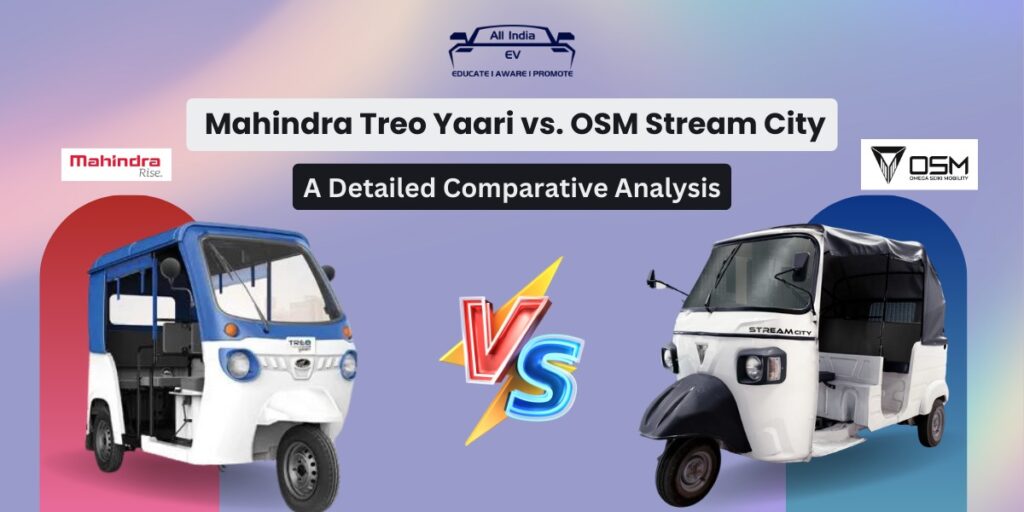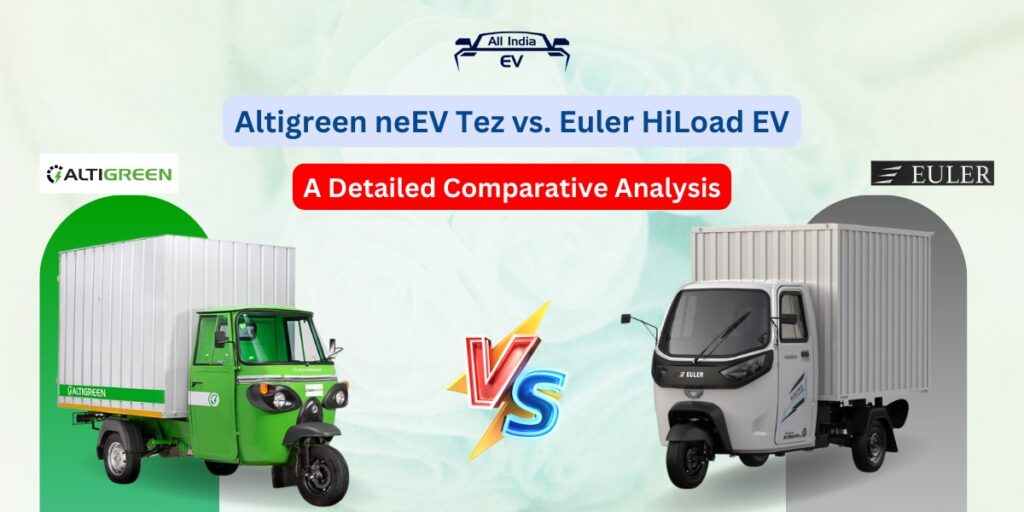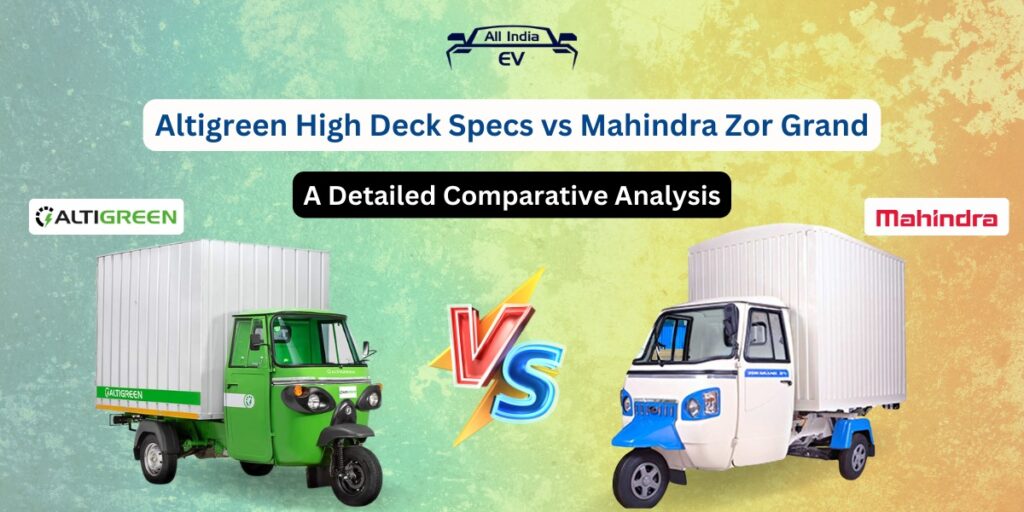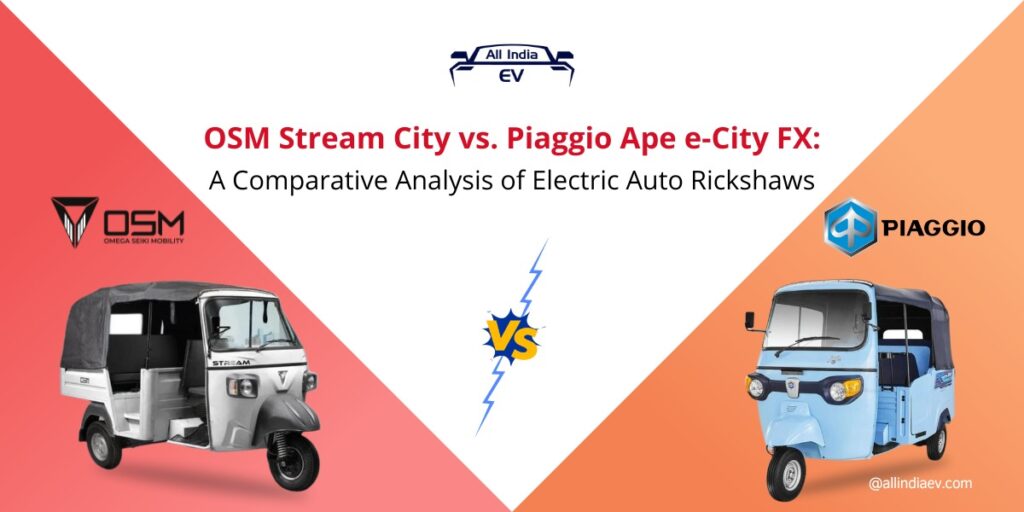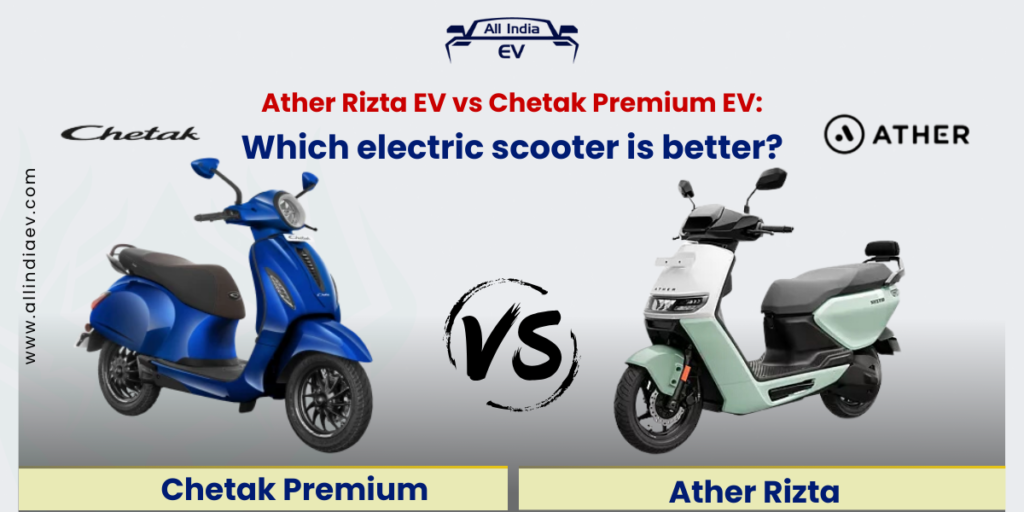Comparative Analysis: Mahindra Treo Yaari vs. OSM Stream City
Comparative Analysis: Mahindra Treo Yaari vs. OSM Stream City The electric vehicle (EV) market in India is witnessing a significant transformation, particularly in the three-wheeler segment. Two notable contenders in this category are the Mahindra Treo Yaari and the OSM Stream City. Both vehicles cater to urban mobility needs but offer distinct features and capabilities. This analysis will delve into the technical specifications, performance, cost, and user experience of both models to provide a comprehensive comparison. List your business on All India EV exclusive business directory… (click here) Features Mahindra Treo Yaari OSM Stream City Price Rs. 1.96 lakh up to Rs. 2.04 lakh (ex-showroom) Rs. 3.25 lakh (ex-showroom) Range & Battery 125 Km/charge with a 3.69 kWh battery 100 Km/charge with an 8.5 kWh battery Power Max power of 3.69 kW Max power of 7.3 kW Top Speed Top speed of 24.5 km/h Top speed of 48 km/h Charging Time 2 h 30 min 4 hours Dimensions Dimensions of 2769*995*1750 mm Dimensions of 1320*2800*802 mm Gradeability 7-degree 16-degree Color Option Combination of white and blue White, Black & Yellow, Blue and Green & Yellow Source: From their websites Conclusion(You can now subscribe to our All India EV WhatsApp channel) Conclusion The choice between the Mahindra Treo Yaari and the OSM Stream City ultimately depends on the specific needs of the user. The Treo Yaari is an excellent option for short, frequent urban trips with its lower cost and efficient design. In contrast, the Stream City caters to users needing a higher range and power, making it suitable for longer urban and suburban routes. Both models represent significant strides in the adoption of electric three-wheelers in India, contributing to a more sustainable urban transportation ecosystem. Join our LinkedIn Community Click here for more such informative insights
Comparative Analysis: Mahindra Treo Yaari vs. OSM Stream City Read More »

